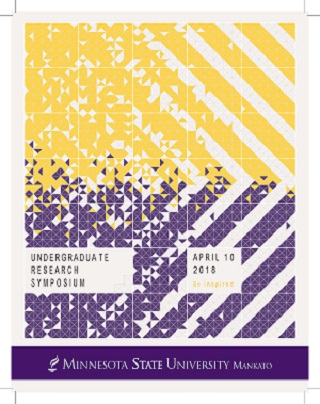Who is a Liar? Using Behavioral Cues to Detect Deception
Location
CSU Ballroom
Start Date
10-4-2018 2:00 PM
End Date
10-4-2018 3:30 PM
Student's Major
Psychology
Student's College
Social and Behavioral Sciences
Mentor's Name
Emily Stark
Mentor's Department
Psychology
Mentor's College
Social and Behavioral Sciences
Description
Previous research has delved into the concept of lie detection to answer the main question: can humans accurately perceive when someone is lying? Research has found that humans, without proper training, have no better chance at determining a lie than determining whether a coin flip will be heads or tails. On average, humans are able to detect 47% of lies and 61% of truths (Bond & DePaulo, 2006). Ekman and O'Sullivan (1991) found that those who were more accurate at detecting lies focused on behavioral clues more than anything else. The current study asks participants to view videos of people telling true stories and lies to see if they can correctly identify the lies. We expect the participants to not score above chance at lie detection, but we do expect that people who report using behavioral cues to determine deception will score higher than those who do not. This work is useful for a wide range of professions and interpersonal situations where determining accuracy and honesty is important.
Who is a Liar? Using Behavioral Cues to Detect Deception
CSU Ballroom
Previous research has delved into the concept of lie detection to answer the main question: can humans accurately perceive when someone is lying? Research has found that humans, without proper training, have no better chance at determining a lie than determining whether a coin flip will be heads or tails. On average, humans are able to detect 47% of lies and 61% of truths (Bond & DePaulo, 2006). Ekman and O'Sullivan (1991) found that those who were more accurate at detecting lies focused on behavioral clues more than anything else. The current study asks participants to view videos of people telling true stories and lies to see if they can correctly identify the lies. We expect the participants to not score above chance at lie detection, but we do expect that people who report using behavioral cues to determine deception will score higher than those who do not. This work is useful for a wide range of professions and interpersonal situations where determining accuracy and honesty is important.
Recommended Citation
Printup, Melissa. "Who is a Liar? Using Behavioral Cues to Detect Deception." Undergraduate Research Symposium, Mankato, MN, April 10, 2018.
https://cornerstone.lib.mnsu.edu/urs/2018/poster-session-B/12



